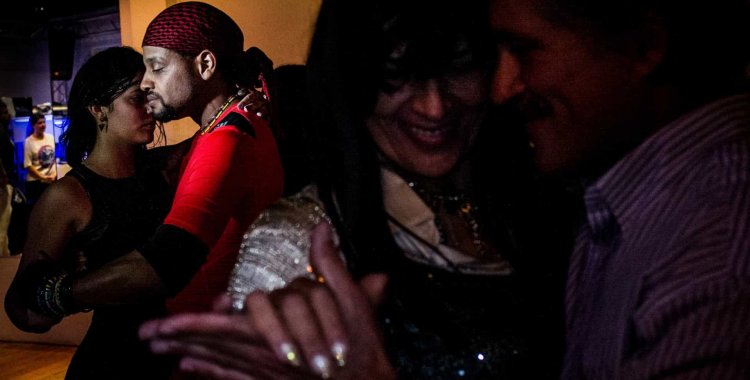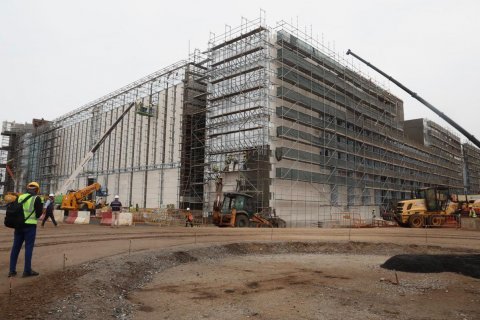"If it weren't for kizomba, the wall between Africans and Chinese, or Asians, would be much bigger," says Yanick Vieira, an engineering student and kizomba teacher in Hangzhou, to the Lusa agency.
"The distance [between the peoples] was great, but it has become smaller, thanks to kizomba", he emphasizes. "That, I can say for sure."
Hangzhou is the capital of Zhejiang, one of the most prosperous provinces in China, with an area slightly larger than Portugal and around 55 million inhabitants. Marco Polo, the Italian traveler who traveled the Silk Road in the 13th century, called it "the most beautiful and elegant city in the world".
Angola is traditionally one of China's main oil suppliers. After the civil war ended in 2002, China also became one of the main actors in the country's reconstruction, namely its roads, railways and other infrastructure.
But, after almost two years since the Asian country closed its borders due to the covid-19 pandemic, political and academic exchanges or business and tourism trips remain suspended.
Official figures from Luanda indicate that there were almost 260,000 Chinese living in Angola, before the start of the pandemic. Every year, Chinese government entities and companies also offered 200 scholarships to young Angolans to study in China, an exchange that is also on hold.
"Angola is not a well-known country here in China", admits Yanick. "But now you can ask and they will tell you that kizomba comes from Angola, which is something African", he emphasizes.
The first kizomba festival in China took place in 2017 in Shanghai, the country's economic capital. The parties quickly spread to the main Chinese cities, contradicting the dominance of Latin dances salsa and bachata in the bars and clubs of the Asian country.
"I think that, in all the big cities of China, [kizomba] is already quite popular, including in Beijing, Shanghai, Guangzhou, Shenzhen, Chengdu or Chongqing", explains to Lusa April Meng, who opened the first kizomba school, in Shanghai in 2015.
For the Chinese businesswoman, kizomba is a dance that allows for more "creativity and personal interpretation". "You can interpret the music however you want," she explains. "Whether you dance faster or slower, no one will tell you you're out of time," she says.
For Yanick, the Chinese have gained interest in kizomba because it is something "exotic". "It's something new, totally different in the dance world. It's a connection, a feeling, when you're dancing kizomba, that you don't have when you're dancing other dances", she summarizes.
The popularity in China also allowed kizomba to reach other countries in Asia.
"Other Asian countries started to have more knowledge about kizomba from China", points out the Angolan. "There are people who come to festivals from Singapore, Thailand or Indonesia, and then pick up and transport them to their countries, inviting the same teachers", he describes.
The proximity between bodies, in a culture where socialization is done with physical distance - handshake, kiss on the face or hug are replaced by a wave or verbal greeting in China - constitutes an initial challenge for Chinese apprentices of Angolan dance.
"We're really not used to being so close," Meng notes. "That was something that worried me when I started introducing kizomba to the Chinese community."
However, after a "gradual process" of rapprochement, people begin to "appreciate" the contact. "After all, I don't think anyone in the world doesn't like connection, hugs and stuff," summarizes Meng.
Kizomba continues to bring Africans and Chinese closer together in a pandemic period
On a Saturday night, in Hangzhou, an iconic city in the prosperous east of China, Africans, Chinese and Europeans come together to the rhythm of kizomba, a dance originating in Angola that has gained popularity in recent years in the Asian country.







